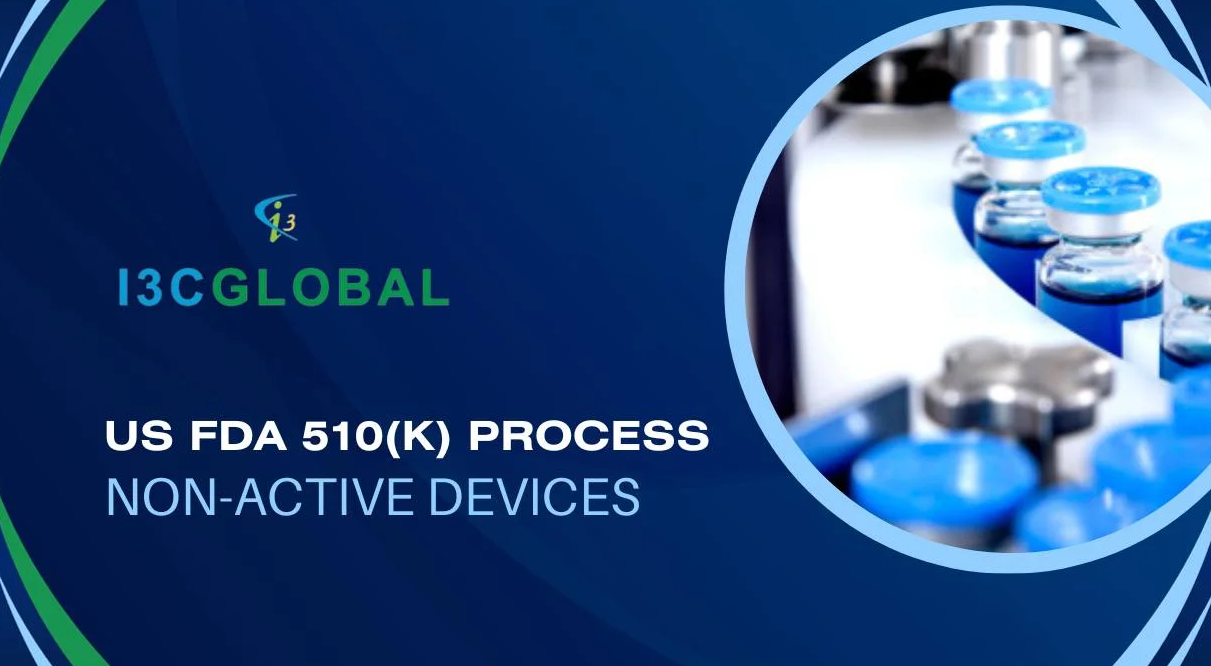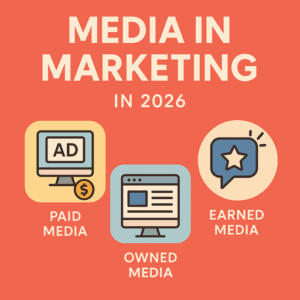Complete Guide to Medical Device Regulatory Services: FDA 510k, ISO Certifications, CE Marking, and More
Navigating the complex world of medical device regulations can be overwhelming, but with the right expertise, it becomes a smoother journey. Whether you are preparing for FDA 510k submission, seeking ISO 13485 certification, or aiming to obtain the CE Marking for your product, understanding the regulatory pathways is essential for ensuring safety, compliance, and successful market access. In this guide, we will walk you through essential regulatory services, including FDA 510k, clinical evaluations, ISO certifications, and much more.
What is FDA 510k Submission?
The FDA 510k is a regulatory submission required for medical devices in the United States. Manufacturers must demonstrate that their product is “substantially equivalent” to an already approved device, which allows for market access without the need for extensive clinical trials. The FDA 510k submission process involves several key steps:
- Device Classification: Identify if your device needs a 510k submission.
- Predicate Device Selection: Find a legally marketed device to compare against.
- Prepare the Submission: Include detailed descriptions, testing, labeling, and safety data.
- FDA Review: The FDA reviews the submission for substantial equivalence.
Successfully obtaining a 510k clearance from the FDA opens doors to the U.S. market and helps ensure your device’s safety and effectiveness.
Clinical Evaluation and Clinical Evaluation Report (CER)
For medical devices to meet regulatory requirements in both the U.S. and Europe, a clinical evaluation is often necessary. This process involves a thorough assessment of clinical data to demonstrate the safety and performance of the device. A Clinical Evaluation Report (CER) summarizes this evaluation and is a key document required for CE marking, as well as for some FDA submissions.
A clinical evaluation is crucial for:
- Proving Safety and Performance: Reviewing available clinical data to substantiate the device’s claims.
- Supporting Regulatory Filings: Helping facilitate FDA or CE mark applications.
- Ongoing Monitoring: Ensuring post-market clinical follow-up (PMCF) to maintain compliance.
ISO 13485 Certification
ISO 13485 is the international standard for a quality management system (QMS) specific to the medical device industry. Achieving ISO 13485 certification demonstrates that your company follows the required procedures for designing, producing, and maintaining medical devices in a safe and effective manner.
Key benefits of ISO 13485 certification include:
- Global Recognition: Gain access to international markets by meeting high-quality standards.
- Regulatory Compliance: It’s often required for 510k submissions, CE marking, and other regulatory approvals.
- Process Improvement: Aids in improving your internal processes, reducing risks, and enhancing product quality.
Medical Device CE Marking and Technical File
The CE marking is essential for manufacturers seeking to sell medical devices in the European Economic Area (EEA). Obtaining the CE mark ensures that the device meets all EU regulatory requirements, including safety, performance, and quality standards.
A key component of obtaining the CE Marking is the Medical Device Technical File. This document includes:
- Device Description: Detailed information on the product.
- Risk Assessment: Identifying potential risks and mitigation strategies.
- Clinical Data: Evidence supporting the safety and performance of the device.
- Compliance with EU Regulations: Ensuring adherence to the Medical Device Regulation (MDR) and In-Vitro Diagnostic Regulation (IVDR).
With the CE marking, your medical device can be marketed and sold across Europe, opening up new opportunities for growth.
UKCA Certification and UK Responsible Person
Since Brexit, the UKCA certification has become the equivalent of the CE mark for medical devices in the UK. To market a medical device in Great Britain, manufacturers must obtain the UKCA mark, which is essential for regulatory compliance post-Brexit.
Additionally, manufacturers need a UK Responsible Person who acts as a liaison between the manufacturer and the UK regulatory authorities, ensuring that the device complies with UK regulations.
Post-Market Surveillance and Post-Market Clinical Follow-Up (PMCF)
Once a medical device is on the market, ongoing monitoring is crucial. Post-market surveillance (PMS) ensures that the device continues to meet safety and performance standards after it’s been introduced to the market.
In conjunction with PMS, Post-Market Clinical Follow-Up (PMCF) is required for certain devices to continuously evaluate clinical data and ensure long-term safety. Both are essential for:
- Tracking Device Performance: Detecting any issues or adverse events.
- Regulatory Compliance: Meeting the requirements of ongoing post-market monitoring for both the FDA and European regulators.
Biocompatibility Testing
For medical devices that come into contact with the body, biocompatibility testing is essential to ensure that the materials used do not cause harm. These tests evaluate the biological response to the device’s materials and are an essential part of the regulatory submission process for both FDA and CE mark approvals.
Biocompatibility testing is necessary to:
- Ensure Safety: Demonstrate that materials are safe for use in medical applications.
- Meet Regulatory Requirements: Support both FDA 510k submissions and CE marking processes.
- Gain Market Approval: Required for market access in the U.S., Europe, and other global markets.
MDR Regulation and QMSR
The MDR regulation (Medical Device Regulation) outlines the requirements for medical devices in the European Union. It governs everything from device classification to clinical evaluations and post-market surveillance. The QMSR (Quality Management System Regulation) outlines the quality systems required for manufacturers in both the EU and the U.S.
Both regulations require companies to establish and maintain effective quality management systems to ensure that their devices meet the necessary standards of safety and performance.
Conclusion
Successfully navigating the medical device regulatory landscape is crucial for bringing safe, effective products to market. From the FDA 510k submission to obtaining ISO 13485 certification, CE marking, and the UKCA certification, each step involves meeting rigorous standards designed to protect patients and ensure device quality.
By partnering with regulatory experts, manufacturers can streamline the process and ensure compliance with global regulations. Whether you need help with clinical evaluations, biocompatibility testing, or post-market surveillance, our team offers the support you need to achieve successful market entry and maintain ongoing compliance.
At I3CGlobal, we provide comprehensive regulatory services, helping manufacturers achieve FDA 510k clearance, CE marking, ISO certifications, and more. Our team of experts will guide you through every step of the process, ensuring your medical devices meet all necessary standards and reach the market quickly and efficiently.









